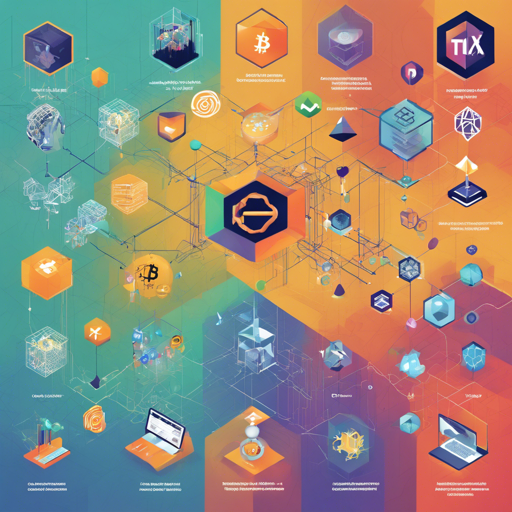The Crypto Ecosystems project is a living organism in the vast landscape of blockchain, Web3, and cryptocurrency. It’s like a garden where new plants (ecosystems) pop up every day, and the more gardeners (contributors) that join in, the more vibrant that garden becomes! This guide will walk you through the steps to contribute to this exciting initiative, effectively ensuring that every corner of the cryptocurrency garden is documented and accessible.
Understanding the Structure of Contributions
Before diving into the practical guide, let’s break down the taxonomy structure. Think of the Crypto Ecosystems as a family tree where:
- Ecosystems: The main branches, like Bitcoin or Ethereum.
- Sub-Ecosystems: The smaller branches sprouting from the main ones, like Lightning Network under Bitcoin.
- Repositories: The leaves on those branches, representing individual projects or libraries within an ecosystem.
How You Can Contribute
There are multiple ways to help grow this initiative:
Option 1: Opening a Pull Request
If you’re comfortable with code, the most direct way is to open a Pull Request (PR). To do this, follow these steps:
- Fork the repository.
- Create a new .toml file for an ecosystem or edit an existing one in the
data/ecosystemsdirectory. - Follow the tutorial in this video for guidance.
Example Configuration for an Ecosystem (e.g., Bitcoin)
Here’s a simplistic analogy: Think of a .toml file like a recipe for your favorite dish. Each ingredient notes something essential about that ecosystem. Below is an example for Bitcoin:
# Ecosystem Level Information
title = "Bitcoin"
# Sub Ecosystems
sub_ecosystems = ["Lightning", "RSK", "ZeroNet"]
# GitHub Organizations
github_organizations = [
"https://github.com/bitcoin",
"https://github.com/bitcoin-core",
"https://github.com/bitcoinj"
]
# Repositories
[[repo]]
url = "https://github.com/bitcoin/bitcoin"
tags = ["Protocol"]
[[repo]]
url = "https://github.com/bitcoin-book/bitcoin-book"
tags = ["Documentation"]
This inner recipe lets you see all ingredients (sub-ecosystems, GitHub organizations, repositories) and how they combine to create the delightful dish we call Bitcoin.
Option 2: Complete the Ecosystem Submission Form
If coding isn’t your forte, you can still contribute by completing the Ecosystem Submission form. Just follow this link, fill it out, and we’ll take it from there!
How to Give Attribution
If you want to use the Electric Capital Crypto Ecosystems Map, proper attribution is required:
- Source: “Electric Capital Crypto Ecosystems Mapping”
- Link: GitHub Repository
- Logo: Link to logo
Consider adding a note alongside your attribution encouraging others to submit their repositories!
Troubleshooting Contributions
At times, the contribution process might not go as smoothly as expected. Here are some troubleshooting ideas:
- Confusion with file structures: Make sure you’re in the correct folder corresponding to the first letter of the ecosystem name.
- Missing required fields: Double-check to ensure you have included all necessary information in your .toml file.
- Technical Issues: If you’re encountering technical issues, revisit the submission form or reference the tutorial video to clarify steps.
For more insights, updates, or to collaborate on AI development projects, stay connected with fxis.ai.
In Conclusion
Contributing to the Crypto Ecosystems project is an ongoing journey. Just as ecosystems evolve, our contributions will help shape the future of blockchain technology.
At fxis.ai, we believe that such advancements are crucial for the future of AI, as they enable more comprehensive and effective solutions. Our team is continually exploring new methodologies to push the envelope in artificial intelligence, ensuring that our clients benefit from the latest technological innovations.

